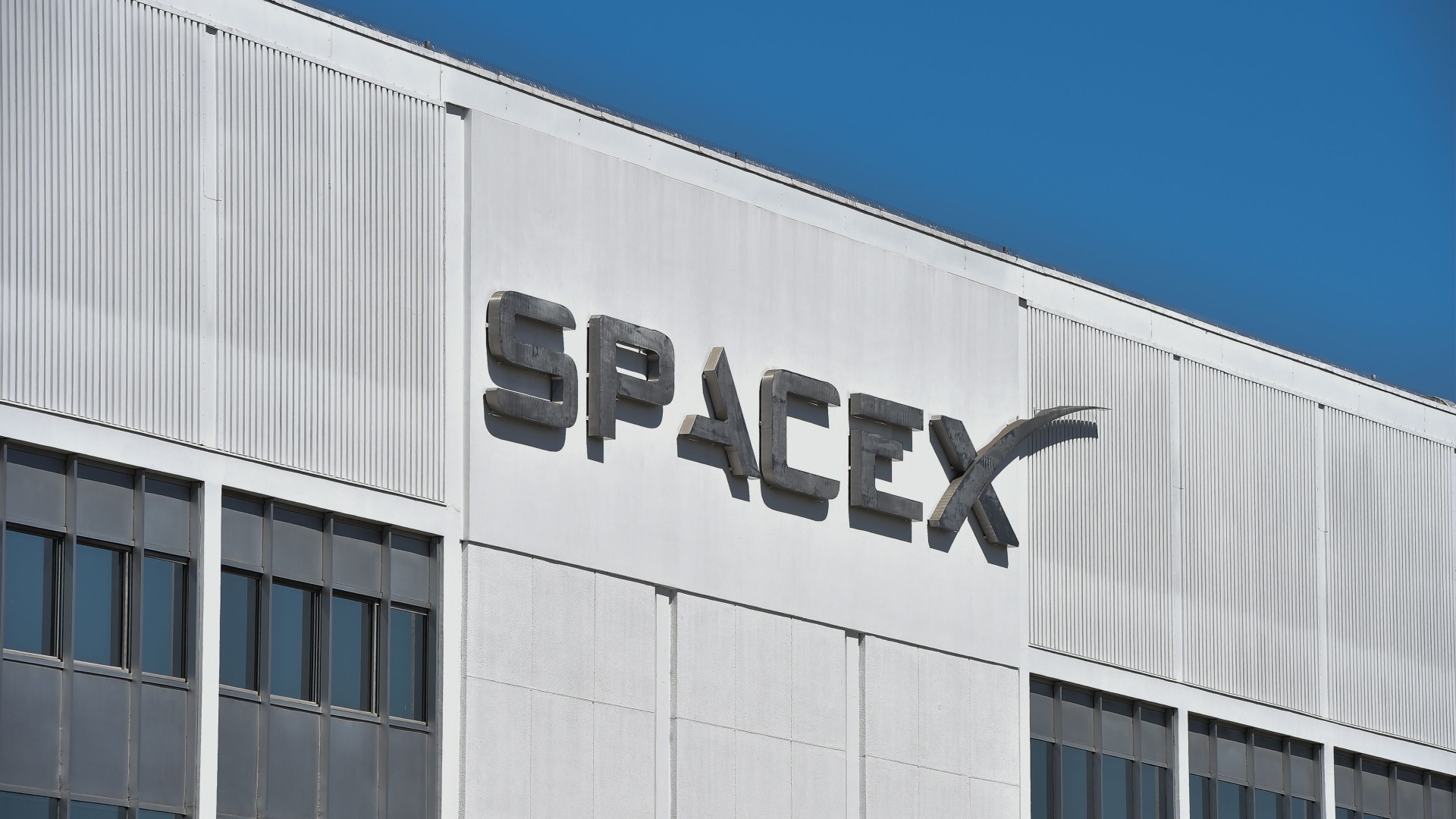SpaceX technician in coma after rocket test accident: report
OSHA fined SpaceX $18,475 for two safety violations related to the incident.

A SpaceX technician suffered a head injury that placed him in a coma for two months while performing tests on a rocket engine, according to a report by the Occupational Safety and Health Administration (OSHA).
The technician was performing a pneumatic pressure check on a Raptor 2 engine on Jan. 18 at the company's factory in Hawthorne, Californa when a fuel controller cover broke free, according to the OSHA report, which was first reported by Semafor. OSHA's report states that at the time of the accident, the procedure was being conducted "using an automated program as opposed to the normal manual method that had been used in previous operations."
OSHA's report goes on to state that the technician suffered a skull fracture and head trauma and was "hospitalized in a coma for two months." SpaceX was fined $18,475 by OSHA for safety violations that led to the incident. SpaceX did not return a request for comment by press time.
Related: SpaceX 'proceeding very carefully' with Starship testing, Elon Musk says
The technician has been identified as Francisco Cabada, a father of three from Los Angeles, according to Business Insider. A GoFundMe page created by Cabada's family has so far raised over $50,000 to help support his children while he recovers from his injuries. "I cannot imagine the pain your family is going through, but please know that the entire SpaceX family is pulling for Francisco to recover, and your family is in our prayers," reads one message posted to the page.
Semafor reports that Cabada is no longer in a coma but is still unable to communicate and "can't survive without medical assistance, according [to] an attorney for the family and his brother-in-law." OSHA has given the incident its highest penalty level. Its investigation is still pending.
SpaceX has yet to make a statement to either the public or its employees regarding the incident.
SpaceX's Raptor 2 engine is the company's go-to engine for its new Starship rocket and Super Heavy booster, a fully reusable launch vehicle that when stacked together make up the world's tallest rocket at 394 feet (120 meters). The Super Heavy booster will use 33 Raptor 2 engines at liftoff, with the Starship powered by six Raptor 2 engines for its continued flight to orbit. SpaceX plans to use Starship to land NASA astronauts on the moon for the agency's Artemis 3 mission in 2025, as well as to fly space tourists on at least two separate flights around the moon.
Get the Space.com Newsletter
Breaking space news, the latest updates on rocket launches, skywatching events and more!
Follow Brett on Twitter at @bretttingley. Follow us on Twitter @Spacedotcom or on Facebook.
Join our Space Forums to keep talking space on the latest missions, night sky and more! And if you have a news tip, correction or comment, let us know at: community@space.com.

Brett is curious about emerging aerospace technologies, alternative launch concepts, military space developments and uncrewed aircraft systems. Brett's work has appeared on Scientific American, The War Zone, Popular Science, the History Channel, Science Discovery and more. Brett has English degrees from Clemson University and the University of North Carolina at Charlotte. In his free time, Brett enjoys skywatching throughout the dark skies of the Appalachian mountains.
